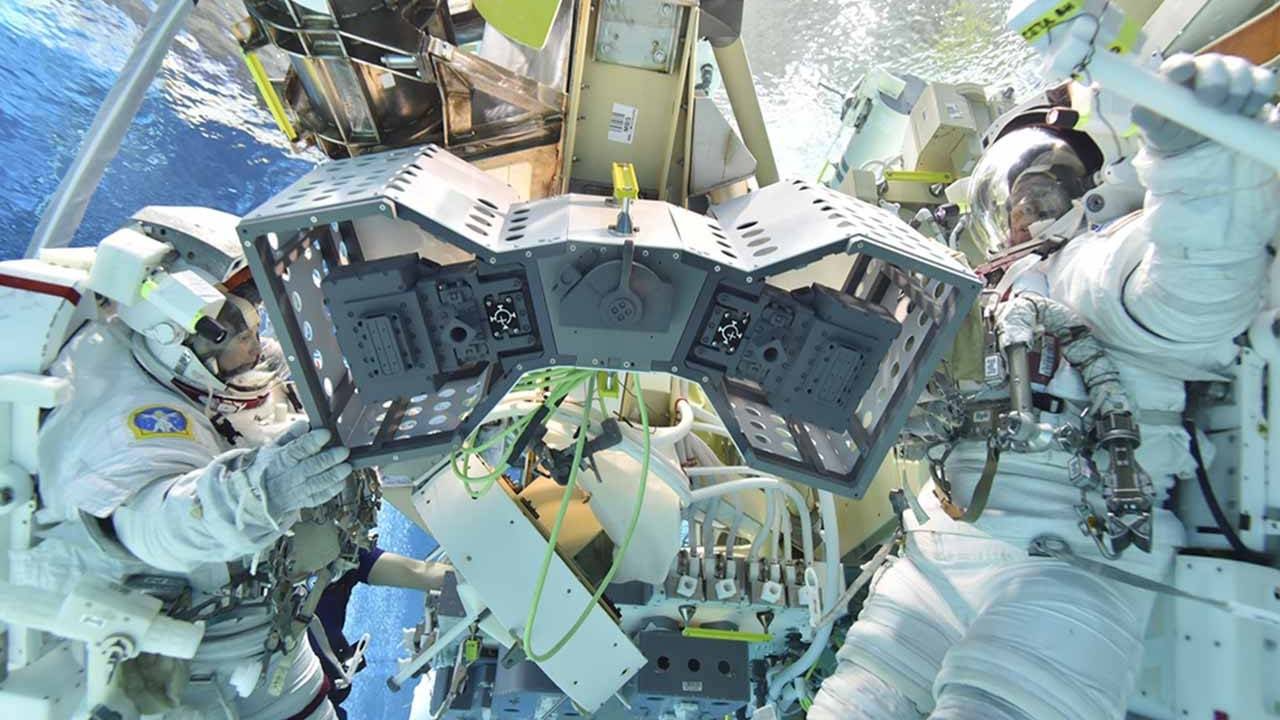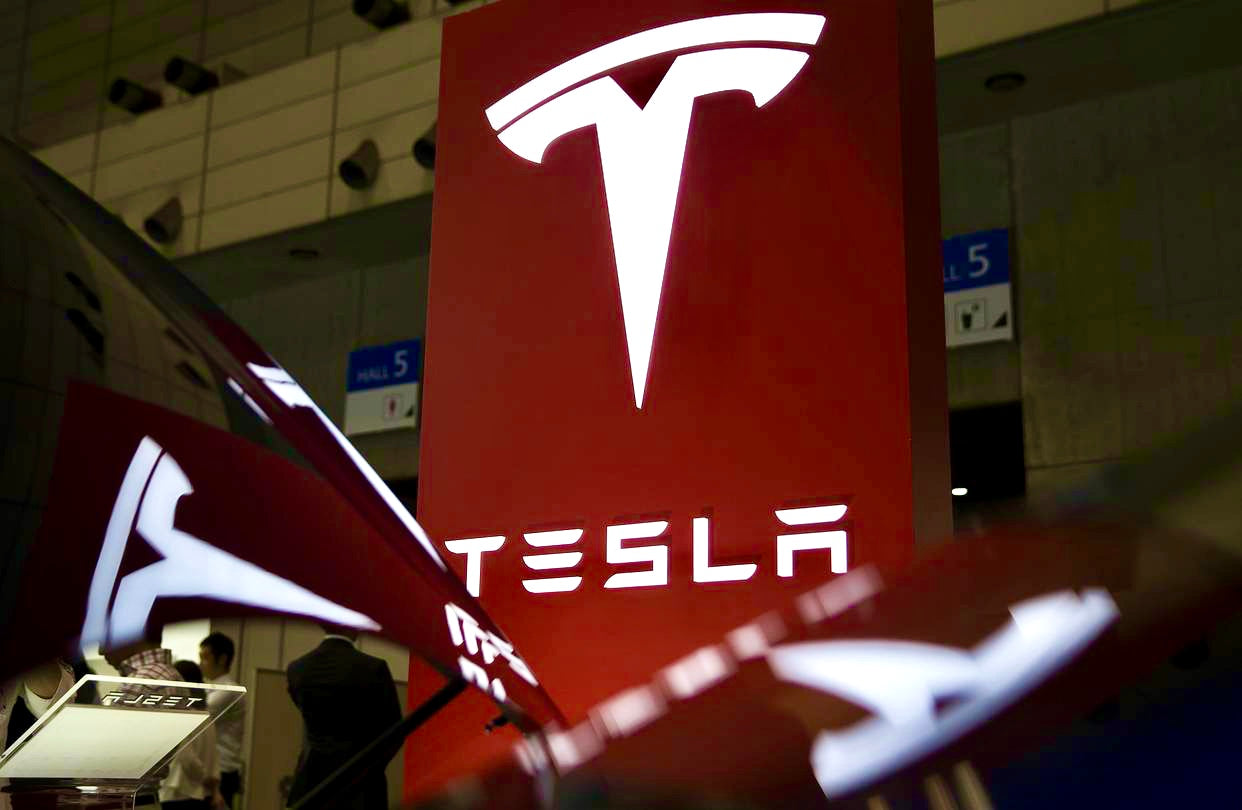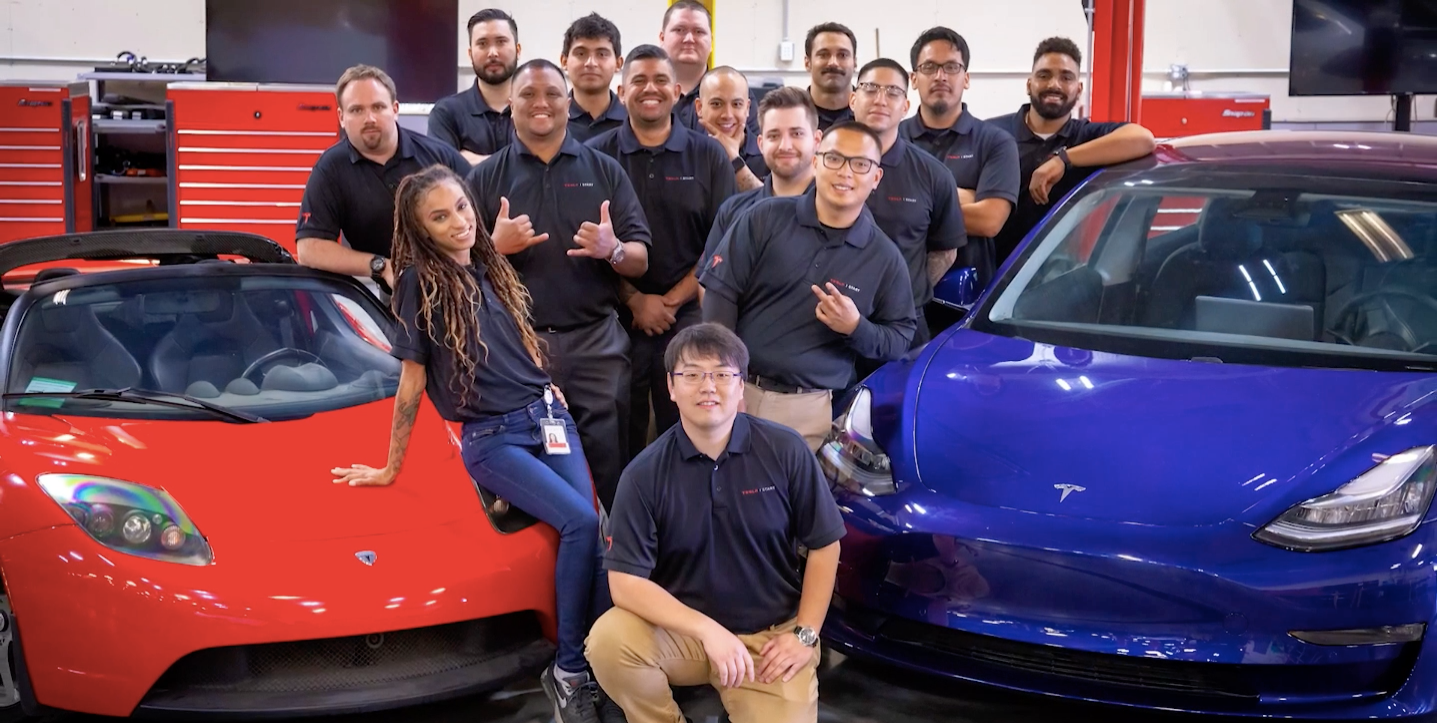SpaceX will launch a NASA 'Robot Hotel' to the International Space Station
December 4, 2019

Source: NASA
SpaceX is launching NASA's "robot hotel" to the International Space Station (ISS) with the upcoming resupply mission to the orbiting lab. A Falcon 9 rocket is set to launch tomorrow, December 5, 2019 at 12:29ET, aboard the Dragon cargo spacecraft, on SpaceX's 19th resupply mission for NASA. It will ride along with a variety of other equipment and supplies to conduct different experiments in space.
[Read: This is what SpaceX will launch on their next International Space Station resupply mission.]
This "robot hotel" is actually a storage unit for vital robotic tools, named Robotic Tool Stowage (RiTS). RiTS was developed by the Satellite Servicing Projects Division at NASA’s Goddard Space Flight Center in Greenbelt, Maryland, in partnership with NASA’s Johnson Space Center in Houston.
Today's launch of the @SpaceX #Dragon spacecraft was scrubbed due to high winds. Teams are working toward a next launch attempt tomorrow at 12:29pm ET. Get updates: https://t.co/EGRrLlohza pic.twitter.com/sHnPN9xcLb
— NASA (@NASA) December 4, 2019
The first "hotel residents" will be two Robotic External Leak Locators (RELL), with mass spectrometers capable of "smelling" the presence of ammonia, among other gases, so these robotic tools are used to detect leaks from the station. To keep the ISS cool, NASA uses an advanced air cooling conditioning system that utilizes ammonia and runs through a large network of thousands of joints and tubes. On occasion, small ammonia leaks occur on the joints, often as a result of very tiny meteroids and debris that hit the station. These small ammonia leaks can affect the cooling system’s ability to work at optimal levels because it relies on ammonia to maintain habitable temperatures for the astronauts and all the experiments conducted on board the orbiting laboratory.
Sometimes robots need a place to stay in space, too. 🤖 Soon they can “check in” at RiTS, NASA’s “robot hotel” launching tomorrow to @Space_Station. 🚀Learn more: https://t.co/vfzPyWy3yK pic.twitter.com/t4KiX8YmjU
— NASA Goddard (@NASAGoddard) December 3, 2019

The above photo shows the RELL robotic unit (smaller, on the left) pictured alongside the RiTS "robot hotel" unit.
On board the station right now, there are two RELL units currently stored inside the ISS where they are taking up space, which is very limited inside the station. In order to make room inside the station, these robotic tools will now be stored in the new RiTS "robot hotel" storage unit that will be attached on the ISS exterior, kind of like a home's garage.
The RELL unit is operated by NASA teams on Earth and was created to facilitate space station repairs, but with every use it requires a planned schedule with the astronaut crew to make sure there is airlock availability in order to bring the RELL instrument outside the station with the use of station’s robotic arm, named Dextre. Having this "robot hotel" unit attached to the exterior of the ISS will be beneficial because it will also help the station’s robotic arm to locate these tools more efficiently to grab and store them. NASA Senior Systems Integration Lead, Chris Craw, said:
"This hardware will significantly reduce time and cost for the station crew to deploy leak detection capabilities using Dextre. With RiTS, we’ll have easier and faster access to RELL, which can help ensure our astronauts’ safety in space."
Because RELL is currently stored inside the ISS, it takes a very long time to clean itself before performing ammonia leak detections. It before has to clean itself of molecules and other gases accumulated from being stored inside the station. This cleaning process could take from 12 hours to many weeks and sometimes months on some occasions. This delays the time to detect if there is an ammonia leak at the station. This process takes longer if the robot is stored inside the ISS, but with the new RiTS storage unit, RELL will live outdoors. Enabling NASA to control it from Earth without disturbing the astronauts aboard the ISS too much -plus, it will take less time cleaning it's system before each use which will enable quicker ammonia leak detection and repairs.
RiTS hardware manager, Mark Neuman, said:
"For each of its stored tools, RiTS will provide heat and physical protection from radiation and micrometeroids, or tiny, high-speed objects hurtling through space. [...] Its thermal system maintains ideal temperatures for the instruments, helping them stay functional."
After SpaceX's Dragon spacecraft docks to the ISS, all the supplies will be brought inside the station. Later, RiTS "robot hotel" will be installed outdoors through a spacewalk by astronauts. Human and robot collaborations can enable NASA and SpaceX in the development of new technology, spacecraft and habitat structures, like future space hotels for humans. NASA stated:
"Human and robotic collaborations like these can be applied to more than just the space station, including potential exploration of the Moon, Mars and beyond. For example, RiTS and RELL’s capabilities could be employed to detect potential leaks occurring from future human habitats on lunar and other planetary surfaces, as well as the Lunar Gateway."
SpaceX will play an important role in delivering NASA cargo, stay tuned for tomorrow's launch to the International Space Station. Watch it live here: SpaceX Livestream.








